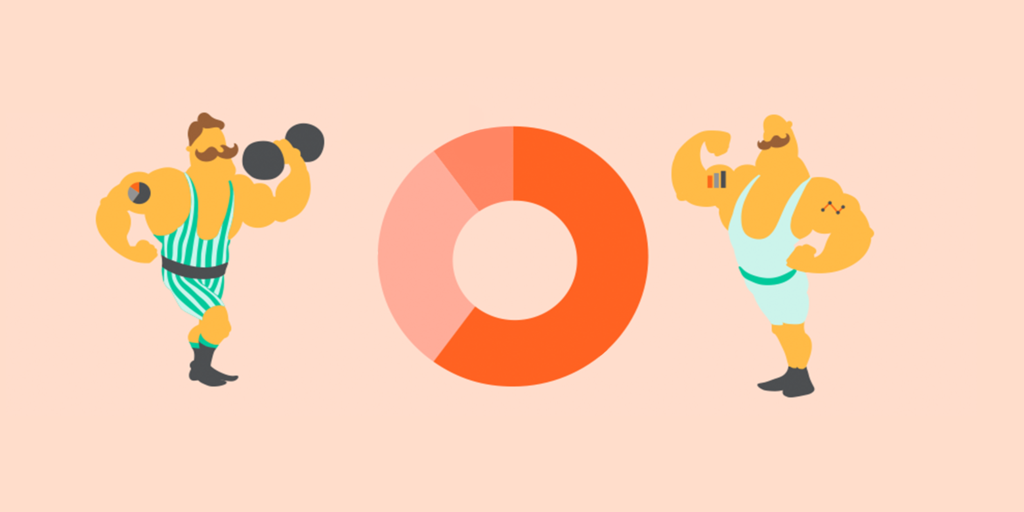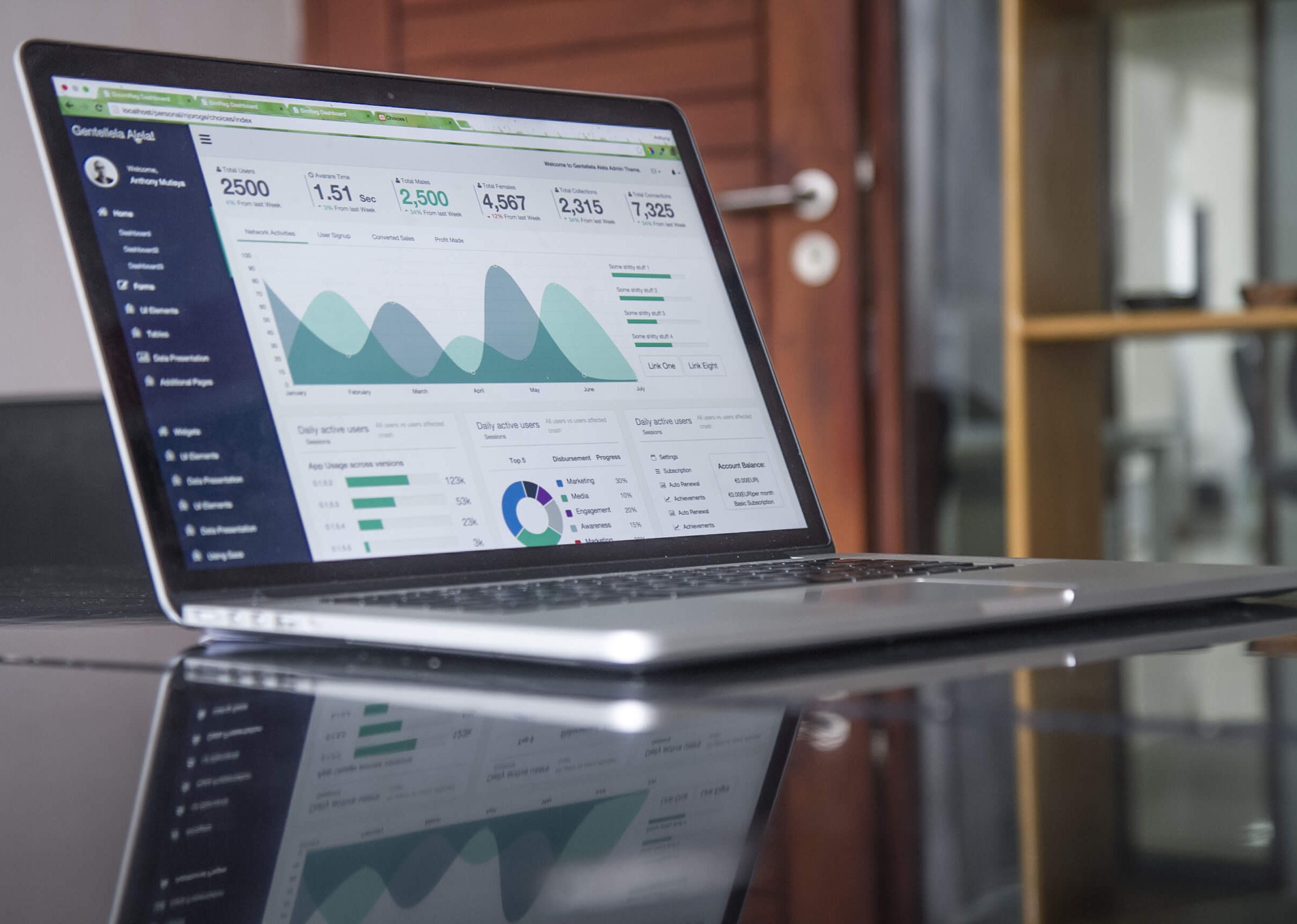October 8, 2019
7 Steps Towards an Undefeated Product Development Strategy
Ecommerce as any other type of business is based on a product. As a result, the more successful your product is, the more prosperous your brand will be. Therefore, product development strategy deserves extra attention and requires constant checking and development to keep your business up-to-date with new tendencies.
For you to have something to begin with, we wrote 7 stages of an amazingly working product development strategy. After reading this article you will for sure get an idea of how the products who won the market were created and what are the rules for it.
1. Idea is a start
An idea is the beginning of each product, the start for everything. Here you will find several ways to control the process of idea creation. The first and the most effective is to collect clients’ opinion on your goods. Make a survey and examine the results to find out the main patterns and perspectives for improvement. For instance, the lack of sizes or colors can definitely influence your product design sphere.
Furthermore, try SCAMPER method. SCAMER is Substitute, Combine, Adapt, Modify, Put to a different use, Eliminate and Rearrange. It is a special attitude that can contribute to your brand’s production.
- Substitute – Think over what parts of your product can be substituted. For example, changing something in a recipe or using another material as a base for it.
- Combine – What do your clients love most? Remember the answer and find a way to mix them. Imagine marshmallow brownie or rubber heel shoes.
- Adapt – Create a product that can be sustainable for new trends. For instance, the use of a smartphone camera led to the development of a frontal one and it was a logical answer to a trend.
- Modify – There should always be a place for reconsidering the priorities and changing some product features.
- Put to another use – Try to use a technology the product is based on or the product itself for a different goal. More and more brands today are reusing old clothes for their future new products.
- Eliminate – How can you make a product easier to use and understand? Is there anything you can get rid of? For example, MacBook laptops that no longer have CD ports.
- Rearrange – Can you change some components in a product? Changing a logo position or some design elements can have an impact on the sales in general.

2. Figuring out product demand
The next step is to be certain that there is or will be demand for it and for this you need a full research of the market. To make an analysis you can use several tools.
- Customer survey
Ask the potential clients whether they really want to use your product in the future. Through the survey try to understand what are the exact needs of the customers and how much they would like to pay for the product if you make the concept real.
- Pre-Orders
Develop a product page with descriptions, pictures and see is there any demand for pre-orders. If you have the number of pre-orders you expected, start the production!
- Crowdfunding
Another option for you can be crowdfunding the idea you have. Kickstarter or any other platform can be used to begin the campaign, give details to your idea and make up a plan.
- Examine the search trends
Google Keyword Planner or Google Trends can tell you how many people look for a product you want to make or a solution to the issue your product can solve.

3. Creating a Prototype
Prototypes are crucial for any product development no matter what exactly you produce. They allow you to check the design and functional decisions. Also it proves that your concept is perspective and can be made in real life.
There are multiple stages in the process of prototyping. First, sketch. Turn the abstract idea into a physical concept fixed on paper. Visualize what you think and include the main parts of a product and its purposes. Second, a digital prototype. This is a 3D version of a product that demonstrate it from all the variety of the angles. It enables to see all the flaws and correct them before creating a physical prototype. And this is the third stage of the process. Engineer or a designer can provide you help with it. It is highly recommended for you to make several of them for every idea that you have. With this you can compare and find out what concept seems to be perfect.
4. Test
As soon as you are ready, test your product on your potential customers and get their thoughts and opinions on it. Through that you need to find your target audience and figure out what they struggle with and how can you improve what you already have. When you are satisfied with a product, start the production.
The most important thing is to find a right manufacturer. Use Thomas, MFG and Marker’s Row services and examine the publications and reviews to make the right choice. What is absolutely worth discussing once you make a deal with a manufacturer is: payment terms, order sizes, facilities and equipment used, delays and special occasions terms. To be as certain as possible check out the previous works of a similar product by the same manufacturer.

5. Launch the product
A good launch is like a flash. You really have to impress your audience so people would follow the link and check out your project. Therefore, a marketing push with a combination of various marketing strategies can raise an effect and make your product more visible. Use as many channels as you can to achieve the goal you want.
6. Feedback
Product development also requires post-monitoring of the customer’s reaction to your project. We have already mentioned how important it is to read the reviews people leave. And here we will say it again: reviews and rating is the most significant source of feedback for you. Analyze and see the trends you can catch in your future products.
What you can also do is social listening. Your use of social networks can be incredibly helpful to your business. Take some notes on what they say and which pictures post. This is a nice way to notice some insights you can later use. Listen to your clients and you will develop the product they really want and are ready to pay for.

Alice works on the Renewals and Account Management team at Collect Reviews. She is always happy to grab a spot of coffee and chat about current art events, fashion or mountain hiking.
